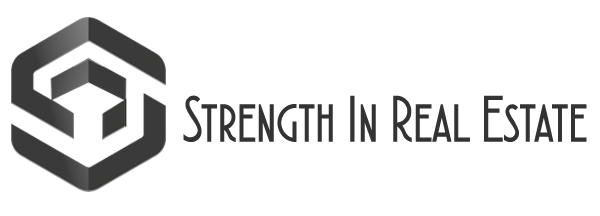Lets talk about Denver's New rent laws
/Denver, Colorado has recently implemented new rental laws that aim to provide better protection for tenants and regulate the housing market. These new laws are a significant step forward in addressing the city's growing housing crisis and promoting affordable housing for all.
One of the most notable changes is the "source of income" protection law, which prohibits landlords from discriminating against tenants who rely on government assistance or other non-wage sources of income, such as social security or disability benefits. This law is particularly important for vulnerable populations, such as the elderly and people with disabilities, who may have difficulty finding housing because of their limited income sources.
Another new law is the requirement for landlords to provide a written receipt for rent payments. This law aims to prevent landlords from unfairly evicting tenants for non-payment of rent when they have already paid. Additionally, landlords must provide a written notice before raising the rent, giving tenants enough time to plan and adjust their finances accordingly.
Denver's new rental laws also provide greater protection for tenants who are victims of domestic violence. Landlords are now required to allow tenants to terminate their lease early if they are victims of domestic violence and need to move to a safer location. This is an important step in ensuring that victims of domestic violence have the support they need to leave dangerous situations and start over.
The city has also introduced a new licensing system for rental properties, which requires landlords to obtain a license and maintain their properties to certain standards. This system ensures that rental properties are safe and habitable for tenants, and landlords who violate the licensing requirements can face penalties and fines.
Overall, Denver's new rental laws are a positive step towards creating a fair and affordable housing market for all. By providing greater protection for tenants and regulating landlords' behavior, the city is working to address the housing crisis and ensure that everyone has access to safe and affordable housing. These laws can serve as a model for other cities and states looking to address similar housing challenges.





![elk-island-045[1].jpg](https://images.squarespace-cdn.com/content/v1/5802a7ead1758e435b323757/1611075777544-VHYCASBOEP7VB7TRNR5V/elk-island-045%5B1%5D.jpg)
![elk-island-041[1].jpg](https://images.squarespace-cdn.com/content/v1/5802a7ead1758e435b323757/1611075740197-BW4YNZX66HVY3BAMS1X4/elk-island-041%5B1%5D.jpg)
![cob1-b19062-1024x682[1].png](https://images.squarespace-cdn.com/content/v1/5802a7ead1758e435b323757/1603999607064-XOJY4T27MFOP1WCOQ8NG/cob1-b19062-1024x682%5B1%5D.png)

![cob3-7760ea-1024x682[1].jpg](https://images.squarespace-cdn.com/content/v1/5802a7ead1758e435b323757/1603999673790-QNNBYKUU5LQ4RTFC7JIL/cob3-7760ea-1024x682%5B1%5D.jpg)
![cob4-67ae26-1024x685[1].png](https://images.squarespace-cdn.com/content/v1/5802a7ead1758e435b323757/1603999700959-A9PKLMMZ92GVXGNCLUWO/cob4-67ae26-1024x685%5B1%5D.png)
![cob5-ea6f44-e1571679967617-1024x685[1].png](https://images.squarespace-cdn.com/content/v1/5802a7ead1758e435b323757/1603999740897-2UCTUEHTIU08HBAJXMC5/cob5-ea6f44-e1571679967617-1024x685%5B1%5D.png)

